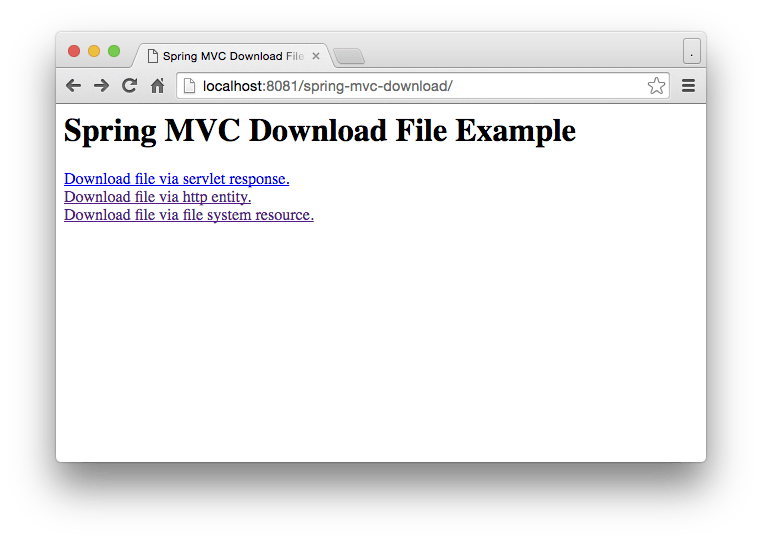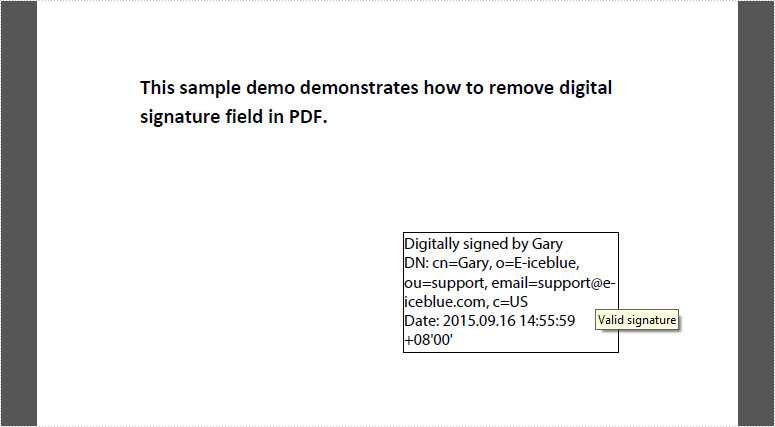C Download File Into Byte Array
Setting Up the GCC Compiler I setup a C environment as basic I could. There may be easier ways to go about this, but I wanted to use GCC to compile. To setup the environment:.
Here Mudassar Ahmed Khan has explained how to convert binary data to PDF file and display in browser in ASP.Net using C# and VB.Net. TAGs: ASP.Net, SQL Server. The content type (MIME type) and the actual file as array of bytes are inserted into the database table. I have given users option to download the file and hence an. Jun 1, 2012 - In this article, let us see how to convert a file content to a byte array and restore the original content from the byte array and display it in its original file format such as pdf, doc, xls, rtf. Step 3: Now we need to convert the byte array back again to the file content and display it to the user with download options. The specified path, file name, or both exceed the system-defined maximum length. For example, on Windows-based platforms, paths must be less than 248 characters, and file names must be less than 260 characters. The specified path is invalid (for example, it is on an unmapped drive).

I downloaded and setup. I added these includes to make the code go.

#include #include #include #include #include #include #include #include #include #include #include #include I used this line to build it: $ gcc -o main main.c As for editing, I've really grown to love. If you have issues, make sure directory containing your files is in your PATH environment variable (I go over how to add the directory to your environment variables in this post). Let's take a look at the raw data,:470136007EFE:4601FF5F1928:4E5778239EDA3F01B2CAA7:1001702B5E712B713421C7:00000001FF Parsed HEX file:: 11 2244444444 55 n. ':' = Start Code.
11 = Byte Count. 2222 = Address. 33 = Data Type. 44 = Data. 55 = Check Sum. ' n' = End Code All of the information in the file is important, but we are only looking to put the Data into the array.
To extract this data we are going to use three sub-routines:. readbytefromfile. Ascii2Hex. clearspecialchar. One bit to understand about hex files is the data is actually stored as ASCII characters.
When we open a file pointer to these ASCII characters, we can't just read the bytes, since they'd simply be an ASCII character representing the nibble read. To make the conversion we get a character, store it as a binary A, get another character and store it as binary nibble B. We then combine nibble A and B into a single byte. The function takes three parameters: the file pointer, a uint8t pointer for storing the complete byte, and the totalcharsread, which allows us to track how far we are into the file. 6: Declaring a 8-bit unsinged integer to hold the finished byte. 8: Get an ASCII character from the file pointer.9: Here we call the cleaerspecialchar function to remove ' n' and ' r' found in the hex file. 11: We then convert the ASCII character into a true binary nibble.
The result is stored in the string. (I will cover the Ascii2Hex function below.)The above steps are repeated for nibble B. 18: We combine the string of nibbles into a byte.
26: We increment two ASCII characters read from the file pointer. This brings us to the main function, The above code parses exactly one line of hex data from the file pointer. 17: We read the first byte of a line.
This should be the ':' character, but remember our clearspecialchar should skip this and read the next two bytes '1' and '0' (green). The '10' is how many bytes of data (blue) found on this line. Note, 10 is not a decimal number, it's hexadecimal. Meaning, there should be 16 bytes of data found on this line. 20: We check if there was any data on this line.
If there are zero data, we return false.23: Take the first byte of the data address (purple). 26: Take the second byte of the data address (purple). 29: Get the byte (red) identifying the type of information found on this line. We are only looking for data ('00'). The other types are explained well at the ole' Wiki article: Intel HEX record types.
32: If the record type is not data, we don't want it. We return false. 34: Combine the two 8-bit address bytes into one 16-bit address. 37: Let's get all the data found on this line and put it into the array we provided the function. 42: We have to keep track of how many bytes are on each line, to complete our address of the data. Therefore, we pass it back to hexfiletoarray.
C++ Read File Bytes
45: I read the checksum, but I don't do anything with it. I probably should. To properly parse the hexfile we need to know how many lines are found in the the file. We can find this information several ways, but I counted the number of line start characters ':'. 8: Loops until the end-of-file character is reached.
10: Gets a ASCII character from the file pointer. 11: We check to see if the character we go was line start character ':'. 13: This function iterates through the entire file, but we want to start pulling data from the beginning of the file, so we rewind the file to the first character. 14: We return the number of lines. 23: We count the number of lines in the file we wish to extract data. 31: This is the work-horse loop.
We loop until the we have read through all the lines we counted. 33: We pass readlinefromhex our variables we wish to fill. The hex file we want to parse (file), the buffer we hold the line data in, the int array which will serve to hold the address of this line of data, a variable to hold the number of bytes in this line. If the function was got data, it will return true.
Otherwise, it will return false. We store this flag to make sure we got something.
Java File Byte Array
34: We check to see if we actually got data from our attempt. 39: Here, we move the line of data from the buffer into the final array. 41: We place the data into the array based upon the address we pulled from the line (address1 + address2) and the byte number.
42: Reset the buffer to nil. 49-64: Finally, we print out the data.
The k-loop goes through each line we extracted; the j-loop goes through each byte found on the respective line. And that's it. Note, 49-64 is meant to demonstrate the data is properly extracted. These lines could be moved to another function where the data may be used as needed.
Many applications require the ability to upload and download files via FTP. Even automated processes regularly interact with FTP servers to transfer data. Recognizing this, Microsoft has given developers a fairly straight forward method to implement this functionality. This document concentrates on showing you the easy way to take advantage of what Microsoft has provided in the.NET Framework. By in, October 30, 2007, 3:59 AM PST.
Many applications require the ability to upload and download files via FTP. Even automated processes regularly interact with to transfer data.
Recognizing this, Microsoft has given developers a fairly straight forward method to implement this functionality. This document concentrates on showing you the easy way to take advantage of what Microsoft has provided in the. This blog post is also available in PDF form as a, which includes a sample Visual Studio file with sample code explaining the techniques outlined. Preliminary thoughts Before we get into moving files around I would like to bring a few things to light:. Each request will need a NetworkCredentials object attached to its Credentials property. This tells the request how to authenticate against the FTP server.
The URI provided to the request object will include the file name you want to upload or download. For example, if we're downloading the file 'data.xml' from some.ftp.com, our URI will be ftp://some.ftp.com/data.xml. You need to be familiar with the Stream object. You'll use this object both when uploading and downloading files. These may be simple and you may think 'man, who wouldn't understand that?' Well, when I first started moving files to/from FTP servers I didn't understand some of these concepts so I thought they would be important! Now let's get to the code.
Download files Downloading files is significantly easier than uploading them, so we'll start out with downloading. What we need to do is setup a WebClient object and set the Credentials property to our login information. The next step is to call the DownloadData method of the WebClient object and supply the URI of the file we want to download. The DownloadData method returns an array of bytes which represent the downloaded file.
This byte array is then written to a file, and the download is complete. Show jumping course design program online. The complete code for this is shown in Figure A. Figure A Download files. Be aware that the final file.Close call is crucial. Anytime you open a file in this manner you need to close it or the file will not be accessible by other processes. Closing the stream also commits the changes to disk.
Upload Files Uploading files is significantly more complicated than downloading files. For one thing, we have to deal with two streams of data. One for the FTP connection and another for the file we're reading from disk to upload. These are the steps we take to upload a file:. Create a FtpWebRequest object. Set the FtpWebRequest.Method property to UploadFile. Set the FtpWebRequest.Credentials property to our login information.
Get the request stream of the FtpWebRequest object. This is the stream we'll write to. Open the file we're going to upload and get a stream to its data. Read the file's data from the input stream and write it into the request stream.
Close the uploaded file's stream and the request stream The code for this is shown Figure B. Figure B Upload files As you can see it takes over two times as many lines of code to upload than it does to download a file. Download the sample application.